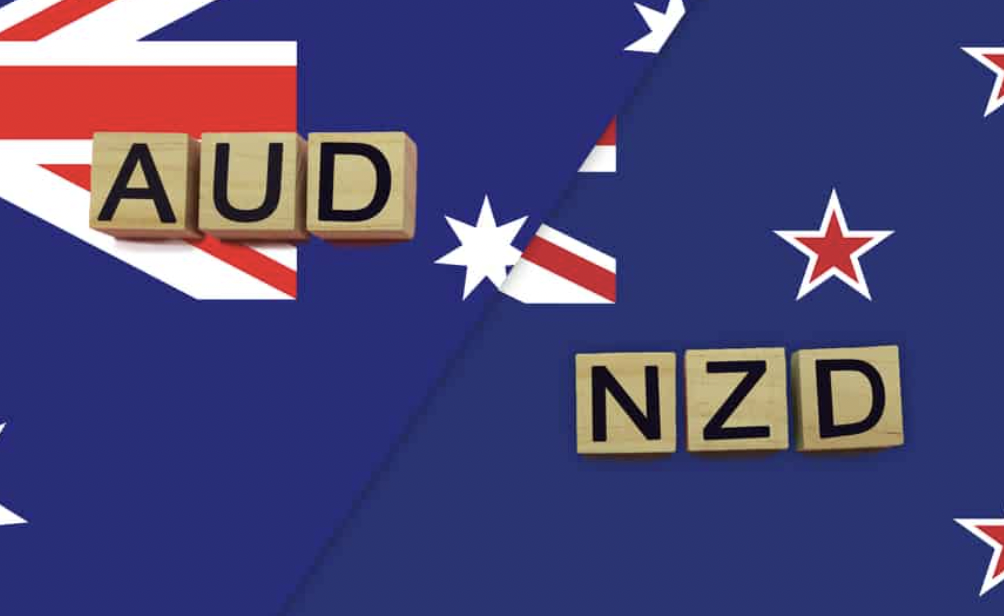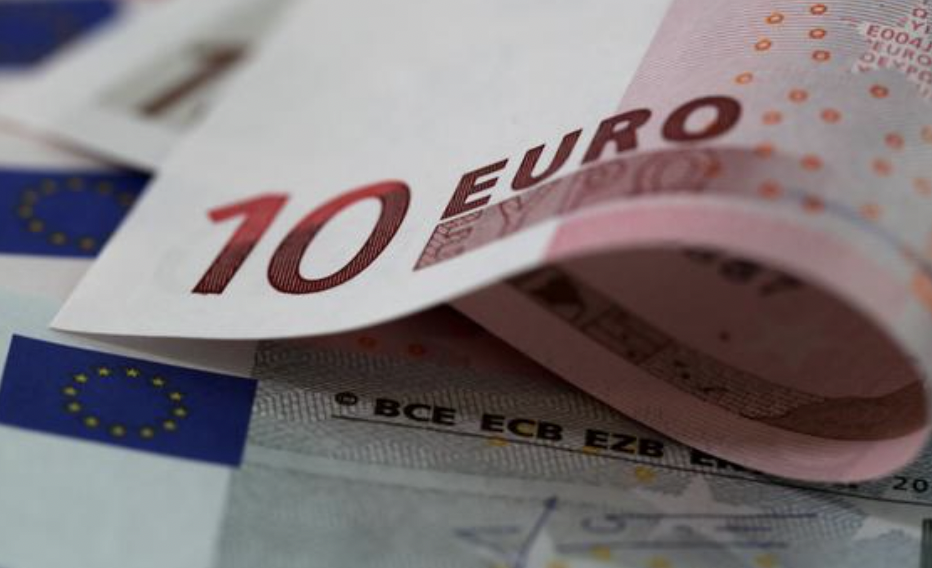
Alina Haynes
Aug 15, 2022 14:53

AUD/USD decreases near 0.7100, down 0.08% intraday to 0.7120 at press time, as Monday's Asian session's data dump from China proves to be poorer than expected and adds to the cautious market mood. Investors may be uneasy as a result of the minutes from the most recent monetary policy meeting of the Federal Reserve and the Reserve Bank of Australia (RBA) (Fed).
Retail sales in China plummeted to 2.7% from 5.0% expected and 3.1% previously, while industrial production (IP) fell to 3.8% from 3.9% previously and 4.0% expected by the market.
In an effort to deter bears, the People's Bank of China (PBOC) earlier in the day lowered the one-year medium-term lending facility (MLF) rates by 10 basis points (bps). The market's confidence was further increased by Japan's GDP growth numbers that were better than anticipated. However, the mood towards Sino-American relations is put into question by the growing number of US MPs visiting Taiwan concurrently with US House Speaker Nancy Pelosi's tour to Taiwan.
The market's concerns about inflation were eased by weaker readings of the Consumer Price Index (CPI) and the Producer Price Index (PPI) outside of the US. However, in order to manage inflation, Thomas Barkin, president of the Richmond Federal Reserve (Fed) Bank, declared on Friday that he plans to raise interest rates even more. "I'd love to see a period of persistent inflation control, and until that occurs, I believe we will have to boost rates into restrictive zone," Barkin reportedly said to CNBC, according to Reuters. The Fed hawks who continued to support higher interest rates included Presidents Mary Day of the Federal Reserve Bank of San Francisco, Neel Kashkari of the Federal Reserve Bank of Minneapolis, and Charles Evans of the Federal Reserve Bank of Chicago.
AUD/USD traders should concentrate on the August NY Empire State Manufacturing Index, which is predicted to be 8.5 versus the previous reading of 1.1, after observing the early market response to China's monthly data dump. The downside is elusive ahead of Tuesday's RBA Minutes, Wednesday's Australia Wage Price Index for the second quarter, and Thursday's Australian jobs report, despite the fact that lower US PMI data could put pressure on the AUD/USD bulls. Aside from the RBA Minutes, news about China and US ties will excite traders of the Aussie pair.
A sluggish RSI at the top suggests that AUD/USD bulls are losing steam as the 200-day simple moving average limits immediate AUD/USD gains around 0.7120. As of the time of publication, the price must continue above the last resistance level from late April, or 0.6990, for the bearish movements to materialize.

Aug 12, 2022 12:09

Aug 15, 2022 14:55